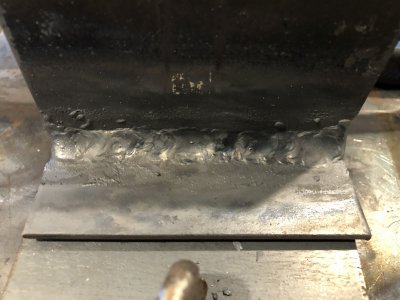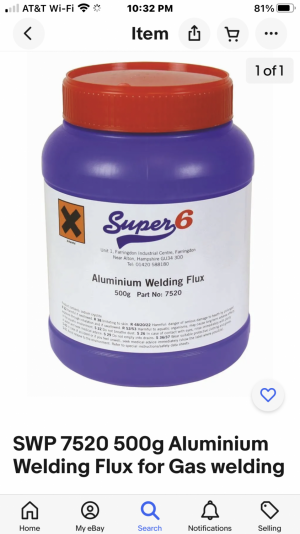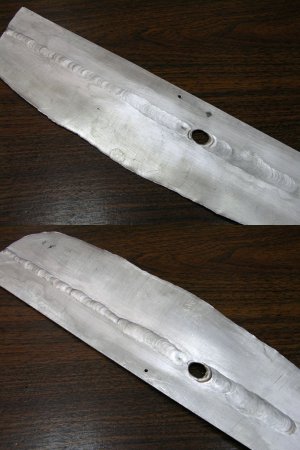This is my understanding. Would be surprised if there are any production aircraft being gas welded. I'm an aircraft mechanic by trade, and have patched up a few old rag and tube aircraft in the past. Typical tube would be around 3/4" OD and .049 wall. It varies a little of course, and does get a little larger and thicker in the landing gear area, but is generally surprisingly light.
It is amazing what can be gas welded with the right flux. I have personally gas welded aluminum, though I found it quite difficult, as the metal gives little indication it has melted. I'm pretty sure stainless, inconel, and other exotic materials were gas welded back in the day.




